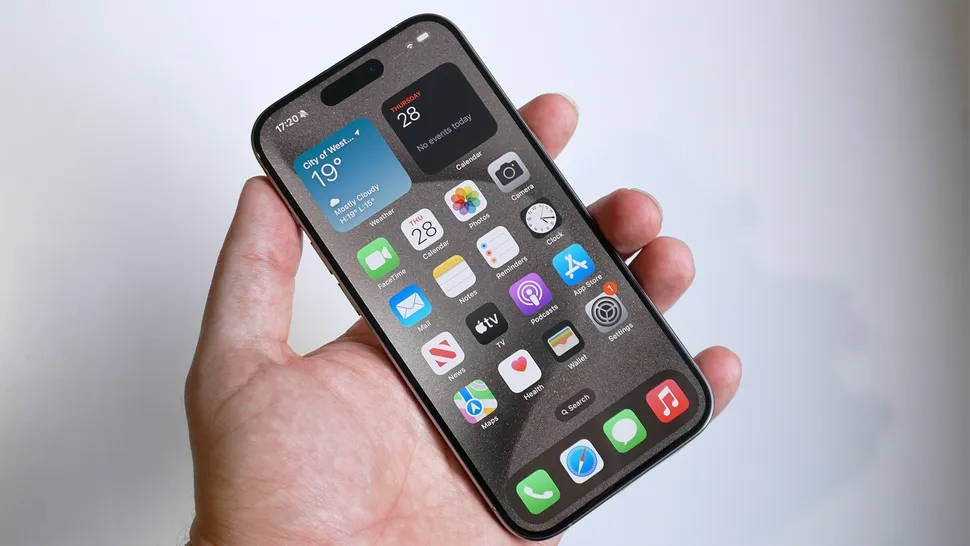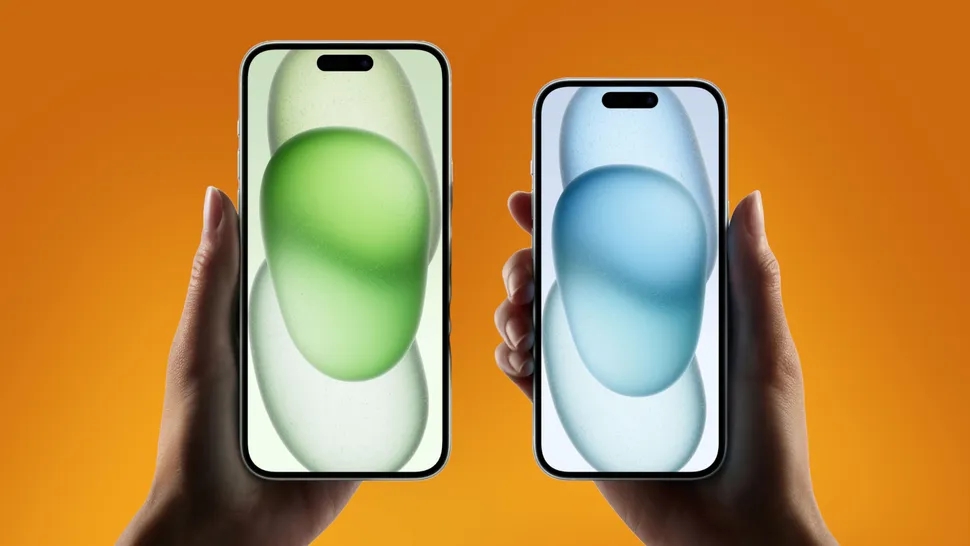Tech Radar’s Axel Metz once thought that the 60Hz screen on the iPhone was totally normal. He had no intention of spending extra money to upgrade to the Pro line to have the 120Hz refresh rate.
But after using the high refresh rate screen on the iPhone 15 Pro for a while, he no longer wants to go back to his original iPhone 14. Here is his story.

We’ve been too forgiving with Apple
I don’t hide my preference for iPhone over Android. I feel comfortable being trapped in Apple’s ecosystem even though I have considered some of the best Android phones for work.
As a MacBook user, with Apple TV and AirPods when away from the office, I prefer the convenience of Apple’s closed ecosystem over the inefficiency of trying to live with multiple operating systems at once.
I’m sure this is also true for people who own Samsung Galaxy phones along with Galaxy Watches, Galaxy Buds, etc.
That being said, my loyalty to Apple has sometimes made me blind – especially when it comes to screen refresh rate – the most controversial issue on the iPhone.
For the past few years, I’ve been content using Apple’s 60Hz iPhones (specifically the iPhone 13 and iPhone 14) because I never thought I needed the 1-120Hz adaptive refresh rate (aka ProMotion technology) that the iPhone Pros offer.
However, after living with the iPhone 15 Pro for a few months, I would never go back to the slow screen life.
Of course, I always knew that Apple’s Pro iPhones offer a smoother iPhone display experience compared to the standard models, but I never thought it made that much of a difference.
I’ve tried many Android phones with equally fast refresh rates — in fact, almost all high-end Android phones released today have a 120Hz refresh rate, which is considered the minimum.
But the smartphone community has been forgiving by not applying the same standards to Apple’s basic iPhones, which have been using 60Hz refresh rate since the first iPhone was released in 2007.

Admittedly, using 120Hz screens makes me not want to go back
My colleagues have repeatedly expressed disappointment with Apple’s conservatism. Before the iPhone 15’s release, they hoped that rumors that “the iPhone 15 will continue to use the old screen” and “users deserve better” weren’t true.
TechRadar’s mobile editor Roland Moore-Colyer even had to exclaim: “Please, Apple — don’t do this with the iPhone 15”.
But then it turned out that the iPhone 15 continued to use the 60Hz screen, and the truth is that most Apple fans don’t care about a higher refresh rate.
I was the same; not because I didn’t know that 120Hz refresh rate is better than 60Hz – it’s a big number – but I didn’t quite appreciate the real-world difference between the two.
I was fine with the 60Hz iPhone 14, but now that I’ve spent time with the 120Hz refresh rate on the iPhone 15 Pro for an extended period – longer than I needed to review a phone (thankfully I’ve had my hands on many 120Hz Android phones) – I’ve finally discovered the long-term benefits of ProMotion. I have arrived in the promised land. 120Hz is well worth it.
That doesn’t mean I’m angry at Apple for locking its standard iPhones at 60Hz. After all, Apple is a business, and they’re not obligated to bring their products to par with others in the market just because they can.
As a company, it makes sense for Apple to equip its most expensive iPhones with the best features, regardless of whether those features are considered the bare minimum by others in the industry.
If consumers are hungry for high refresh rates, then Apple’s Pro-level iPhones are ready and waiting to be purchased (which might explain why the iPhone Pro Max is currently the world’s most popular smartphone and why the standard iPhone 16 is rumored to once again be stuck with the 60Hz screen).
So, I realize that I have now fallen victim to Apple’s 60Hz-120Hz screen trap.
When it comes to refresh rate, I ultimately succumbed to trading in my iPhone 14 for an expensive iPhone 15 Pro just for a feature that’s so commonplace on Android. But let’s admit it, once you’ve experienced it, you can’t stop, right?





































